When I bought my first road bike, I briefly considered getting road shoes and pedals, but quite frankly I didn’t see the point. It’s nice to be able to walk in my shoes, not have to carry cleat covers, and now that I have a gravel bike it makes even more sense to have a single, unified, approach to shoes and pedals. Whatever bike I take, it’s the same cleat system, everything unified on a single standard that just works. It’s SPD of course.
I probably don’t need to get into to much detail around why SPD is a great choice for gravel or winter riding. You know because, snow, ice, mud, and more mud. As a cleat system originally designed for mountain biking it was built to deal with all of that nasty, and the shoes deal with it too. Shimano, and other OEMs, have since expanded the clipless system for many applications, including road, commuting, leisure, and of course, gravel/CX.
Where it’s not as obvious a choice is for the fair-weather road cycling. Well first, there’s the whole standardization thing. I don’t have to swap pedals to ride in different weather (why would you do that?). I don’t have to swap pedals to ride on the trainer. I can be assured that all my shoes and boots work everywhere, on every bike that I own. This convenience might not be important to everyone, but it’s a nice to have, and frankly I don’t think I’m giving up much, if anything, to get it.
So let’s address some of the common concerns around using SPD for road:
Weight
This might be a valid concern if your riding involves many short accelerations, you can’t recoup that energy (Newtonian physics FTW!), and you’re riding one of the three-bolt road pedal standards that is lighter than you can get with SPD. Most SPD pedals are designed more for durability than weight, so there may be a trade-off involved there.
On the plus side, this means that the pedal, and cleat, last a long, long time if you go that direction, and in almost every case you also get the benefit of a two-sided pedal. But, let’s run the numbers so we can see how much of a weight penalty you take using SPD.
The shoes used as a reference are Specialized S-Works 6 XC (what I wear in the summer) for SPD, and the Specialized S-Works 6 for road. These shoes have the same SRP as a control, also the weights are claimed. Which is why I went with shoes from the same brand. Under the assumption that any fudging would at least be consistent :).
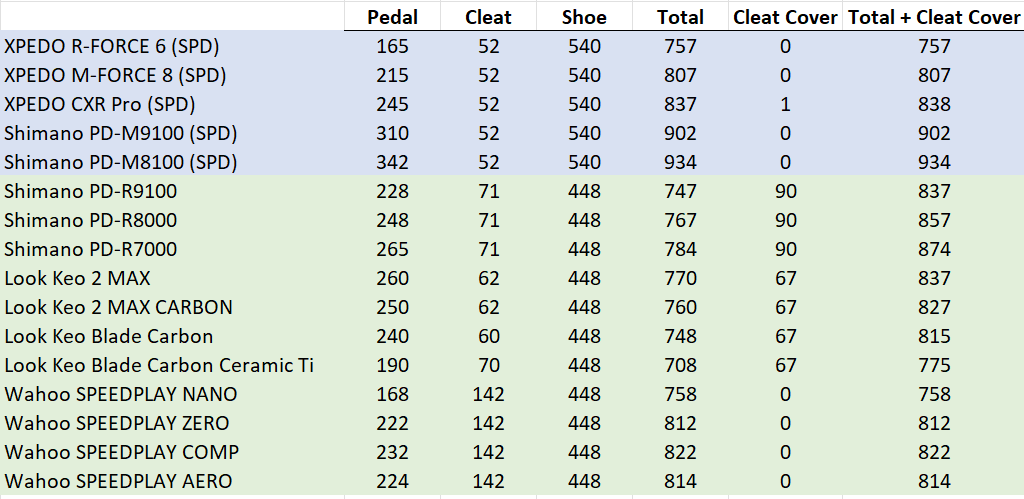
Looking at the chart, which breaks down different pedal systems by weight, we can see that it’s quite possible to assemble an SPD based system where the total system weight is not only competitive, but also lower than what is common on the road side of things if we include the protective cleat covers. If we subtract out the covers, the lightest SPD setup is 49g heavier than the lightest three-bolt configuration included below. In order to get those 49g, you need the $389 Look Keo Blade Carbon Ceramic Ti. If we control for cost, we’re looking at much closer numbers.
For reference, 49g is around what a pair of cycling socks weighs. If it’s important, maybe you should go sockless ;).
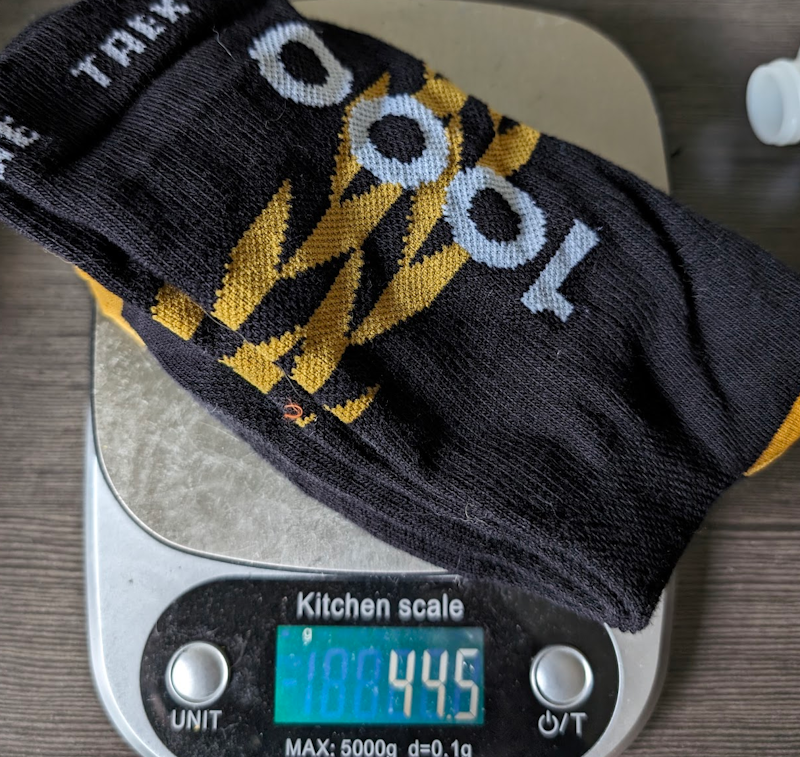
I tried to be thorough in the list, but it’s quite possible that in my search for road pedals I missed the absolute lightest pedal. The intent here is more to demonstrate that it’s not as skewed as one might think. If you want to ride a weight competitive SPD setup, you absolutely can.
Float
The jury is out (scroll all the way down) on whether pedal float is a good, or bad thing. Personally, I like a tiny amount, but not too much. Float on SPD is not as precise as I would like. It’s mostly controlled by how much tension you dial into the spring. As the pedals and cleats age, you do need to adjust it to keep everything tight, and on some pedals I never quite get that locked-in feeling that I want. It is something that annoys me about SPD, there’s just no guarantee that every SPD pedal will work the same when it comes to float. On the other side, road pedals have a massive amount if claimed variance. Anywhere from 0° float to floppy-knees-are-the-new-black should be possible with different cleat/pedal combos. This is one area where SPD falls behind.
Platform
I don’t get this one. Yes, the SPD pedal platform is generally smaller (although it can be much bigger) than a road pedal, but your shoe is the real platform. No one goes on about spindle size, you know the bit that actually transfers power-to-crank. It doesn’t matter how big the contact area (within reason) is between the shoe and the pedal. It all comes down to the how flexible the sole of the shoe is. With a nice set of carbon-soled XC shoes, there’s no flex, and all your power goes into the spindle, the same as it would with a wider platform…
Aerodynamics
If we ignore pedal OEM marketing claims, the best information I’ve found on this topic is “probably not”. Hambini touched on this briefly in one of his Q&A sessions, basically the air around the crank is so churned up when you’re pedaling that the potential additional drag from lugs and a two-sided pedal won’t be anything worth worrying about. The numbers that OEM’s make up derive from their extensive wind tunnel testing always revolve around a stationary pedal without a shoe. So if we assume that it’s not hogwash, this means that a road pedal is only marginally more aero when it doesn’t matter; i.e. when it’s not being used.
Friction
I couldn’t come up with a better label for this section, so we’re rolling with it. This is not the kind of friction you’re probably thinking about; that’s all about the bearings. I am adding this section for the WWSTPD people who ask “if SPD is so awesome, how come the road pros aren’t using it?”.
That is a fair question if your goals and requirements are the same as a pro. They might be, totally fine. I’m not trying to talk anyone into giving up their 3-bolt shoes. If you’re happy with it, fine with me. I am OK, with your OK ;).
This has been a discussion mostly around numbers, but what I’m going to say next isn’t. I don’t know why the pros don’t ride SPD, but I have a collection of theories. I think the main reason is that there’s no reason for them to change, and change is risky.
Can you imagine how ridiculed a pro road team would be if they rocked up on SPD? Every time they failed, it would be too easy to blame their outside-the-box thinking. And there’s no benefit to taking that risk for the teams or the sponsors. I don’t think that there is a performance gain to be had by switching from 3-bolt to 2-bolt. It’s probably net-neutral for most teams. I don’t think there’s really anything performancey in your pedal system, except maybe in some fringe scenarios, that’s kind of the point here.
Where there’s no meaningful performance difference the pros ride what the sponsors give them, and there’s no reason for anyone to sponsor SPD for road. OEMs want you to buy into multiple pedal systems, and shoes. Shimano would love it if you bought two high-end pairs of carbon-soled shoes for your gravel and road bikes. Look would love it if you bought their highest-end Carbon Ti pedals in road and gravel, knowing that the road pedals are $125 more.
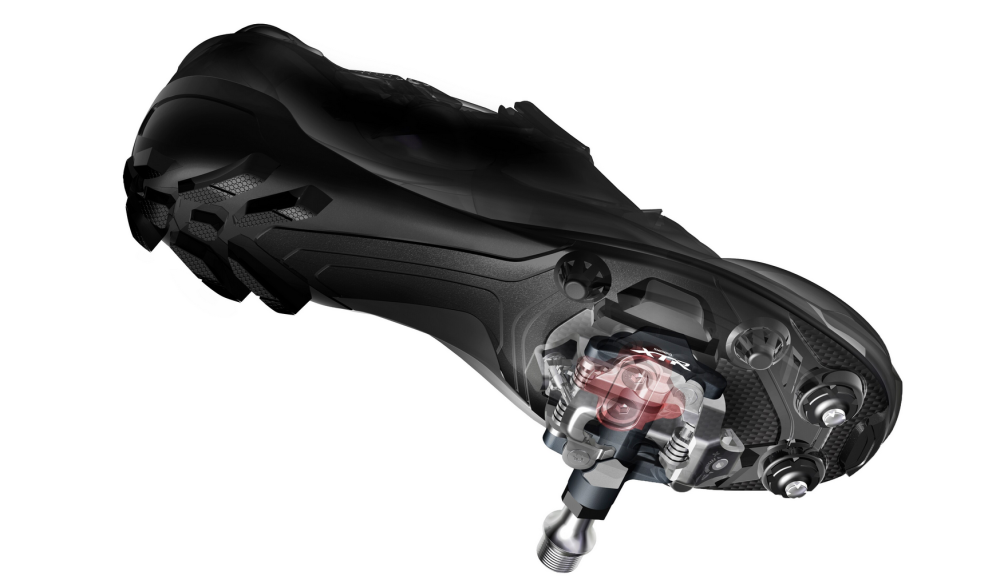

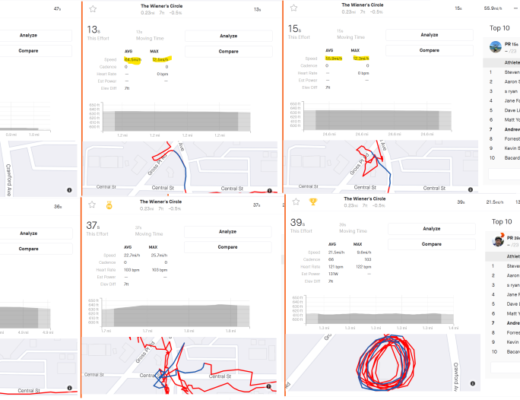
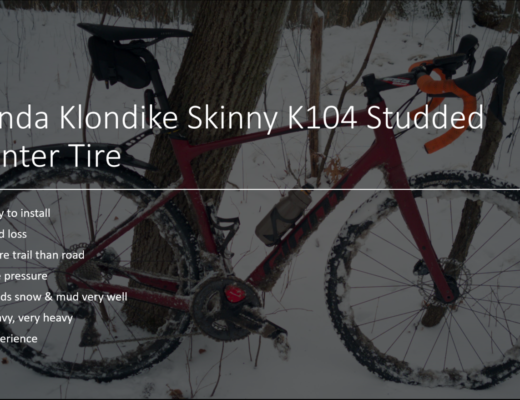
A bit of cheating here with 90 gram cleat covers 😉 Covers in your pocket aren’t nearly as relevant as pedal/cleat/shoe weight, basic shimano ones weigh 58 grams per pair and I often skip taking them. Uniformity is nice, but even though I started with Crank bros and have pretty good ones, I now use SPD-SL on gravel most of the time (though do bring covers for that). For more technical stuff or snow riding you do, MTB is better of course.
How so? As I mentioned above “…it’s quite possible that in my search for road pedals I missed the absolute lightest pedal, but the intent here is more to demonstrate that it’s not as skewed as one might think.” I looked up how much the covers weigh and included them in the totals because they are a recommended part of the system. This was a while ago, so it’s possible I either found the wrong number, or it’s changed. If you leave the covers at home, the numbers do shift a little. Dura-ace will have a 10g advantage on the… Read more »